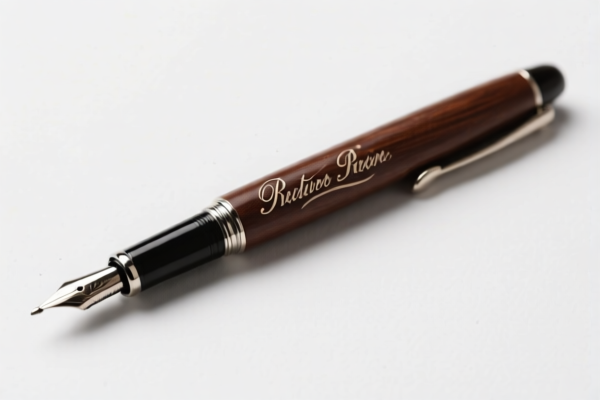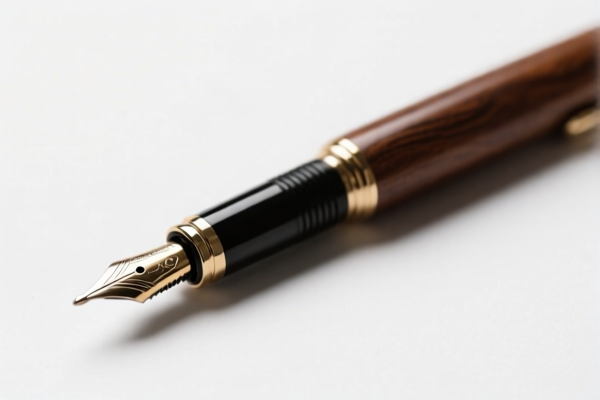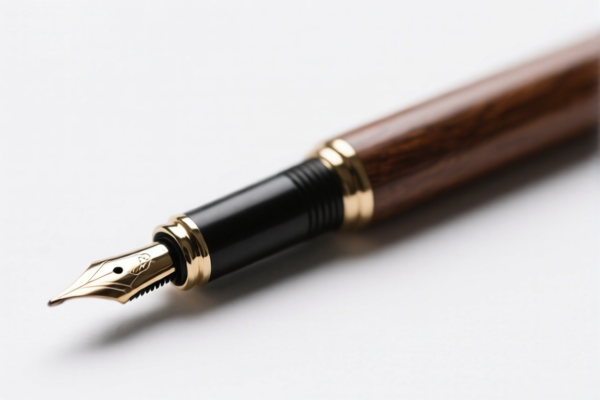| HS Code | Official Doc | Tariff Rate | Origin | Destination | Effective Date |
|---|---|---|---|---|---|
| 8205592000 | Doc | 55.0% | CN | US | 2025-05-12 |
| 8205592000 | Doc | 55.0% | CN | US | 2025-05-12 |
| 8208906000 | Doc | 55.0% | CN | US | 2025-05-12 |
| 6909195095 | Doc | 59.0% | CN | US | 2025-05-12 |
| 6909195010 | Doc | 59.0% | CN | US | 2025-05-12 |




Welding Pen
A welding pen, also known as a spot welding pen or pull spot welder, is a handheld electric tool used for resistance spot welding of thin metal sheets. It is commonly employed in automotive repair, sheet metal fabrication, and DIY projects.
Material:
- Electrode Tip: Typically made of copper alloys (e.g., copper-chromium alloys) for high conductivity and resistance to deformation.
- Body: Often constructed from plastic or insulated composite materials for electrical safety and ergonomic grip.
- Internal Components: Includes transformers, control circuits, and wiring, utilizing copper windings and other conductive metals.
Purpose:
The primary purpose of a welding pen is to join two or more metal pieces together by applying pressure and electric current at a localized point, creating a weld. It is particularly suited for joining overlapping metal sheets without the need for filler materials like rods or wire.
Function:
A welding pen operates on the principle of resistance welding. When the pen's tip is pressed against the metal sheets, a high current flows through the contact point. The electrical resistance of the metal generates heat, melting the metal locally and forming a weld nugget as pressure is applied. The process is fast and efficient, creating a strong, localized bond. Key functional components include:
- Transformer: Steps down the mains voltage to a lower, high-current voltage suitable for welding.
- Control Circuit: Regulates the welding current, welding time, and pressure. Some models feature adjustable settings for varying metal thicknesses and materials.
- Welding Tip: Delivers the current to the metal and applies pressure.
- Trigger Mechanism: Activates the welding process.
Usage Scenarios:
- Automotive Repair: Repairing sheet metal panels, patching holes, and joining body components.
- Sheet Metal Fabrication: Assembling thin metal parts in manufacturing processes.
- DIY and Hobby Projects: Constructing metal structures, repairing household items, and creating custom metalwork.
- Electronics Repair: Welding battery tabs, connecting metal contacts, and repairing electronic enclosures.
- Jewelry Making: Joining thin metal pieces in jewelry fabrication.
Common Types:
- Single-Point Welding Pen: The most basic type, used for single spot welds.
- Double-Point Welding Pen: Features two electrodes for simultaneous spot welds, increasing efficiency.
- Adjustable Welding Pen: Allows for adjusting the welding current and time to accommodate different metal thicknesses and materials.
- Battery-Powered Welding Pen: Portable and convenient for on-site repairs, utilizing rechargeable batteries.
- Pneumatic Welding Pen: Uses compressed air to apply pressure, providing consistent and controlled welds.
- AC/DC Welding Pen: Some models offer both AC (Alternating Current) and DC (Direct Current) operation for versatility in welding different metals.
- Spot Welding Machine with Pen: More robust machines that utilize a welding pen as a handheld component, offering higher power and more advanced control features.
Welding pens fall under the category of handtools, specifically those not elsewhere specified or included.
Here are the relevant HS codes based on the provided reference material:
-
8205592000: This HS code covers “Handtools (including glass cutters) not elsewhere specified or included; blow torches and similar self-contained torches; vises, clamps and the like, other than accessories for and parts of machine tools or water-jet cutting machines; anvils; portable forges; hand- or pedal-operated grinding wheels with frameworks; base metal parts thereof: Other handtools (including glass cutters) and parts thereof: Other: Powder-actuated handtools, and parts thereof”.
- 82: Chapter 82 covers tools, implements, cutlery, screws, pins, nails, fasteners, springs and certain other articles of base metal.
- 05: Heading 05 specifically covers handtools (including glass cutters) not elsewhere specified or included.
- 59: Subheading 59 covers other handtools (including glass cutters) and parts thereof.
- 20: This further specifies Powder-actuated handtools, and parts thereof.
-
8205592000: (Repeated for clarity, as the description is the same). This HS code covers “Handtools (including glass cutters) not elsewhere specified or included; blow torches and similar self-contained torches; vises, clamps and the like, other than accessories for and parts of machine tools or water-jet cutting machines; anvils; portable forges; hand- or pedal-operated grinding wheels with frameworks; base metal parts thereof: Other handtools (including glass cutters) and parts thereof: Other: Powder-actuated handtools, and parts thereof”.
- 82: Chapter 82 covers tools, implements, cutlery, screws, pins, nails, fasteners, springs and certain other articles of base metal.
- 05: Heading 05 specifically covers handtools (including glass cutters) not elsewhere specified or included.
- 59: Subheading 59 covers other handtools (including glass cutters) and parts thereof.
- 20: This further specifies Powder-actuated handtools, and parts thereof.
Tax Information:
For both HS codes, the following tax rates apply:
- Basic Tariff: 0.0%
- Additional Tariff: 25.0%
- Tariff after April 2, 2025: 30.0%
- Total Tariff: 55.0%
Important Note:
According to the provided reference material, the total tariff for these HS codes is 55.0%. Please be aware that this will change to 59.0% after April 2, 2025.
Customer Reviews
No reviews yet.